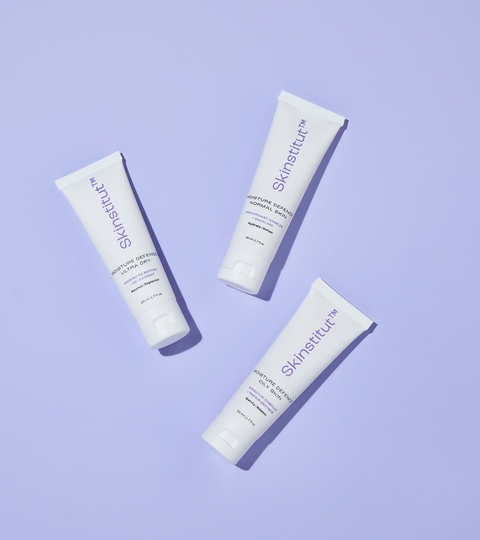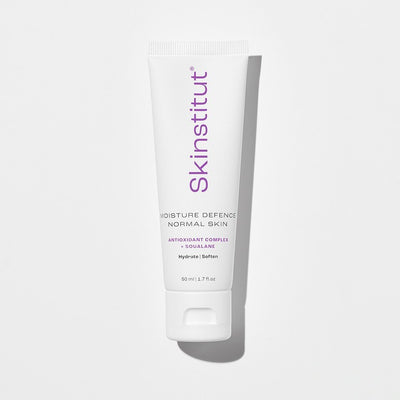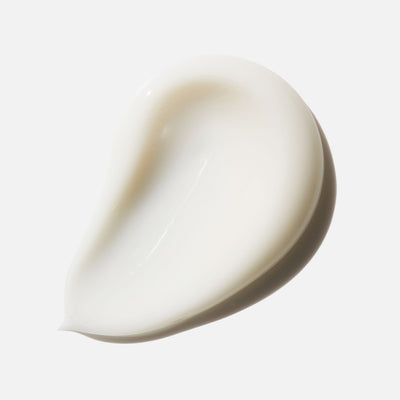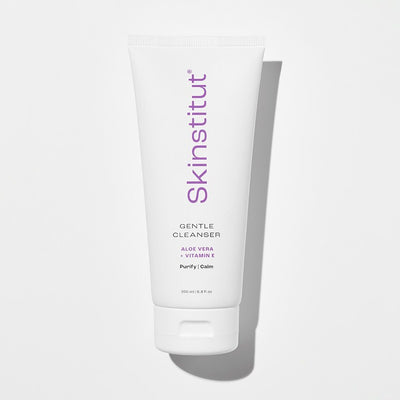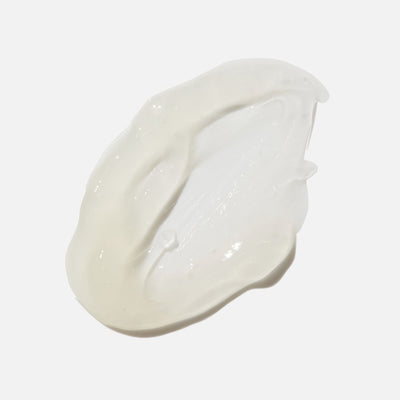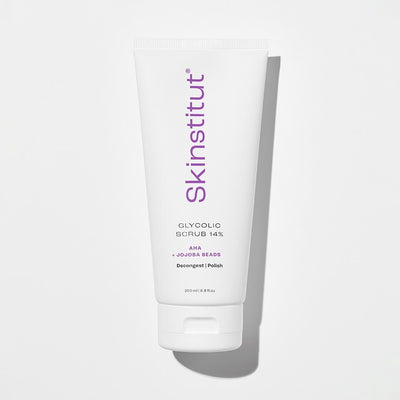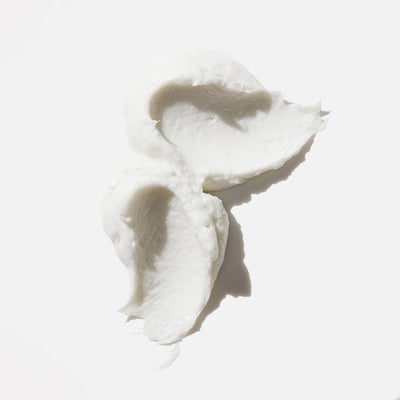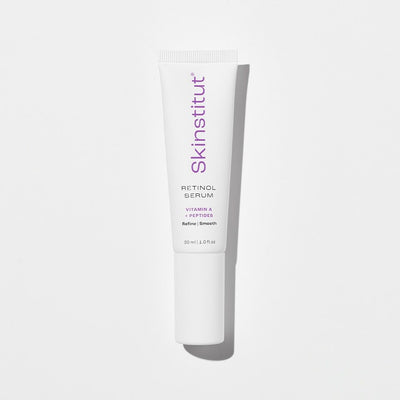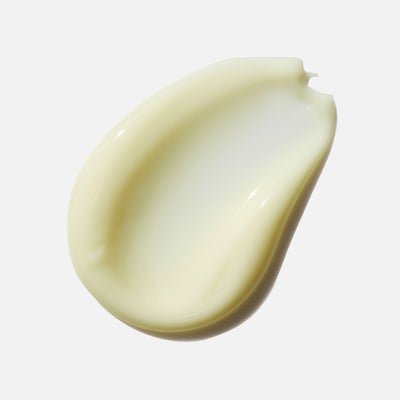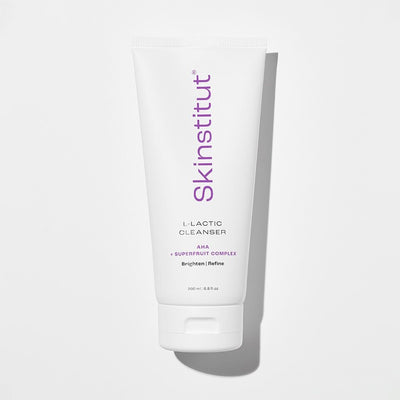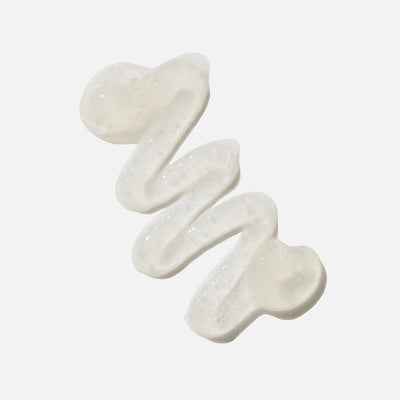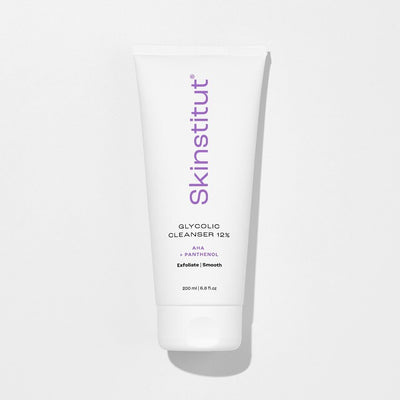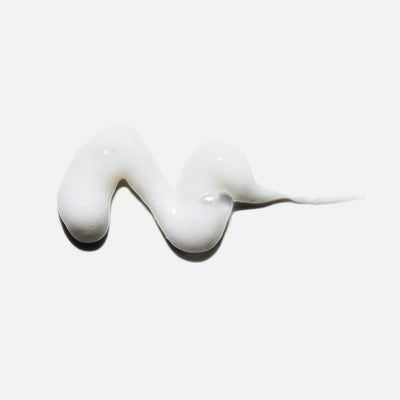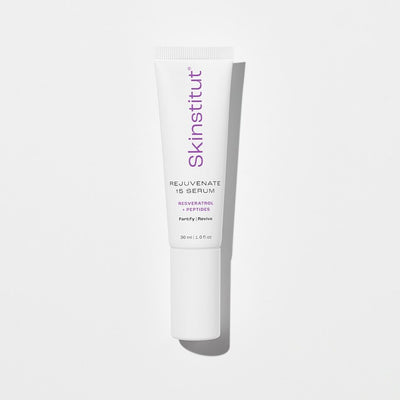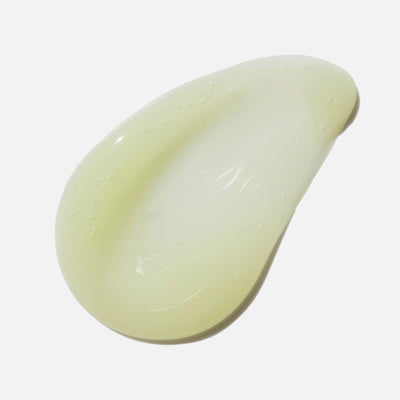How to find the right facial moisturiser for your skin, and the hydrating ingredients to look out for.
By hydrating, nourishing and protecting our complexion, moisturisers play a pivotal role in maintaining skin health, strengthening the moisture barrier, preventing dehydration and flaking, and smoothing out the skin’s surface. So, it comes as no surprise that no skincare routine is complete without one.
The key to an effective facial moisturiser lies in its formulation – specifically the hydrating ingredients contained within it. We’ve put together detailed intel on the most beneficial ingredients to look out for, as well as breaking down the options to find the right formula for a glowing, healthy complexion, no matter your skin type.
Scroll on for more…
What Are The Benefits Of Using A Moisturiser?
There are countless documented benefits to using a face moisturiser, but a truly effective formula needs to serve three main purposes. It should:
- Flood the skin with beneficial ingredients.
- Reinforce the skin barrier, preventing water loss.
- Soften and smooth the skin’s surface.
The right face cream will not only benefit your skin’s health in the long run, it will enhance the rest of your routine, prevent dehydration, and immediately improve the way your skin feels – this could mean dewier, brighter or ‘mattified’, depending on your skin type and preference.
What Ingredients Should I Be Looking For In A Moisturiser?
As a baseline, you should look for hydrating and moisturising ingredients in your face cream. Beyond this, things like antioxidants, vitamins and other botanical extracts can serve up additional benefits, but first up, these are some of our favourite hydrators and moisturisers.
Hydrators
Glycerin: Simple but effective, Glycerin is a humectant, which means it pulls water into the skin’s upper layers, diffusing fine lines and improving texture.
Hyaluronic Acid: This naturally occurring molecule can hold 1000 times its weight in water. It instantly improves hydration, plumps, and soothes.
Pentavitin: Pentavitin is a natural moisture magnet that maintains the skin's barrier, offering up to 72 hours of hydration.
Panthenol: Not only does Panthenol increase water levels within the skin, it also calms and reduces redness.
Moisturisers
Ceramides: Like the cement between bricks (bricks representing our skin cells), Ceramides restore the moisture barrier, which helps to balance your skin’s moisture content. They’re also great for anyone experiencing sensitivity.
Shea Butter: Extracted from the African shea tree ( known in some dialects as the Karité tree), this plant lipid is a great source of fatty acids. Rich and comforting, it smooths the skin and prevents dehydration.
Plant Oils: Most plant oils are occlusive, which means they lock in hydration and prevent water loss. They also work to nourish, calm, and restore the skin.
Squalane: A natural moisture source, Squalane can bypass the skin barrier and replenish moisture on a deeper level.
So, What’s The Difference Between Hydrating And Moisturising Ingredients?
If you’re thinking, ‘Wait, I thought hydration and moisture were the same thing?’, you’re not the only one…
There is, however, a difference.
Hydrating ingredients typically replenish the skin’s water content, whereas moisturisers improve lipid levels, which prevents water loss. Generally speaking, we refer to water-loving hydrators as ‘humectants’, and moisturisers as 'emollient' or 'occlusive'.
It’s skin-type dependent, but the most effective facial moisturisers will combine ingredients from both categories.
The only real exception would be creams designed for extremely oily skin and people who prefer water-based ingredients – i.e. humectants – only.
How To Find The Right Moisturiser For Your Skin Type
Now onto the fun stuff! Here’s our guide to finding the best face cream for your skin type.
Dry, sensitive or mature skin
Those who frequently experience tightness, dullness, redness and/ or flaking should reach for a moisturiser with ample nourishing ingredients. Moisture Defence Ultra Dry is rich in Shea Butter, plant oils and Oat Extract to protect the skin barrier while preventing moisture loss. It also has a plush, buttery texture that instantly comforts and soothes.
Try: Skinstitut Moisture Defence Ultra Dry
For normal and combination skin
If you want to top up hydration levels and moisturise your face without heaviness or shine, reach for Moisture Defence Normal Skin. It contains Squalane, antioxidants, Glycerin and Hyaluronic Acid to provide long-lasting hydration without clogging pores.
Try: Moisture Defence Normal Skin
For oily or acne-prone skin
It might feel counterintuitive to moisturise oily skin, but if you skip this step it can backfire, encouraging even more sebum production. Opt for an oil-free formula like Moisture Defence Oily Skin – the fluid texture feels weightless, and water-based ingredients like Panthenol and Glycerin top up water levels while mattifying the skin.
Try: Moisture Defence Oily Skin
How To Use Your Moisturiser For Bouncy, Balanced Skin
Found your perfect formula, but want to know how best to use it? These are the five golden rules to follow:
- Always apply your moisturiser as the final step in your skincare routine, after cleansing and serum. The only exception is during the day when it’s important to layer SPF on top.
- Apply your moisturiser to slightly damp skin to further enhance hydration.
- It’s completely fine to switch up your moisturiser with the seasons. You might prefer a richer formula during the winter, and something lighter in warmer months.
- The same goes for morning and evening. If you favour something heavier at night, do it!
- Central heating and hot showers can impact your skin’s moisture levels. Avoid them where you can, and double down on skincare when you can’t. The same goes for water intake. Aim for two litres per day to support healthy skin on an internal level.


